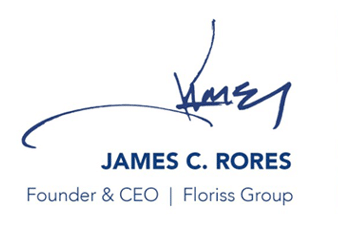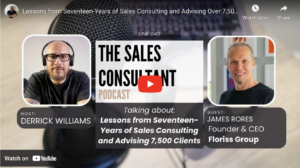Companies are built on people, products and processes.
Learn to optimize all three at the same time and you should be able to maximize your company’s market potential at every stage of growth. Of course, this is easier said than done. Especially, today when there are so many challenges associated with finding and retaining the right people.
Let’s be real. Products and processes don’t unexpectedly underdeliver quarterly goals. They don’t become bored with their work or develop bad habits. And they don’t decide to change careers or unexpectedly move out of state. They also don’t require a commitment of between 40 and 80 percent of your business’ gross revenues to cover salaries and benefits, according to the Society for Human Resource Management.
Yes, people are by far the most important ingredient to your company’s success. Without people, your products and processes don’t exist. And, of course, people are also your most diverse and challenging resource to manage on a day-to-day basis. No wonder market leaders invest so much time, effort and money in finding effective ways to hire, develop and retain them.
When I was coming of age in business, Jack Welch, the former chairman and CEO of GE, was famous for promoting his guiding principle, that organizations with the best employees win. It was hard to argue with his results, as GE’s value grew by some 4000% during his tenure.
He credited much of his success to the 20-70-10 rule which he designed to overly reward the top 20 percent of GEs workforce to keep them pushing the bar ever higher. The middle 70 percent who had promise benefited from generous training and development to help move them to the next level. And the bottom 10 percent would be automatically dismissed every year to make room for new high potentials.
A less popular outcome of this relentless ‘forced ranking’ of employees was a highly dysfunctional workforce, one that was hard for even his top performers to endure. Competition between employees created a zero-sum work environment that divided teams and positioned peers as opponents—winners or losers. Company goals that would normally bring team members together were overshadowed by individual goals that benefited when team members failed.
Top 20 percenters would protect their positions and not help otherwise qualified team members from the middle 70 percent advance. And these frustrated high potentials would ultimately leave the company after recognizing the limitations they would be required to endure.
What if Jack Welch’s commitment to developing and compensating high potential leaders and people was reset into a different operating model?
What if instead of forcing employees to compete with each other, they were encouraged to compete with themselves? In other words, encouraged to invest in continuously improving their own fit to role?
Today, there is a growing body of evidence to suggest “fit equals grit.” The higher the fit between an employee and their role, the stronger their source of motivation, perseverance and resilience. External rewards and incentives like rich compensation plans still exist, but they are not the primary cultural driver. The more focused employees are on succeeding in their roles, the more likely the team is to achieve its goals.
This natural symbiotic relationship incentivizes team members to not only improve their own performance, but to make sure others are doing the same. Team members are more inclined to look out for each other and hold each other accountable. Individuals learn to take responsibility for themselves and set the right example.
With the proper guidance from their leader, employees find and maintain the proper balance between the “me” and the “we” in team. And, instead of stack ranking people to create a bloated 20-70-10 workforce, leaders build healthy human beings and shrink the middle to create lean 90-10 teams.
If you’d like to introduce this concept to your organization, reach out to me at grow@florissgroup.com to get your free questionnaire to help you evaluate the gap between your current and desired growth culture.
As always, thanks for checking us out!
Together,











